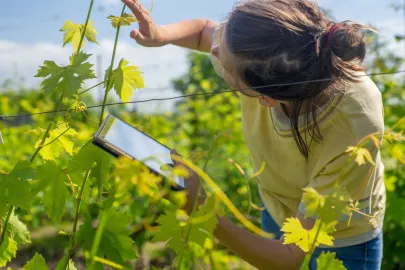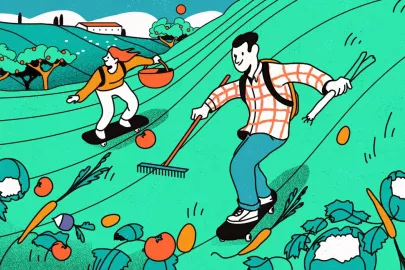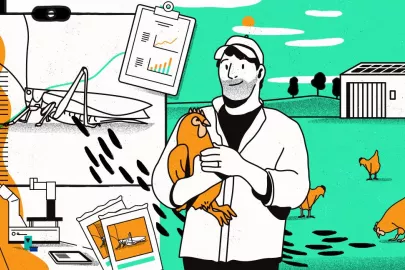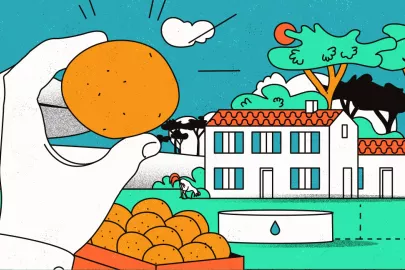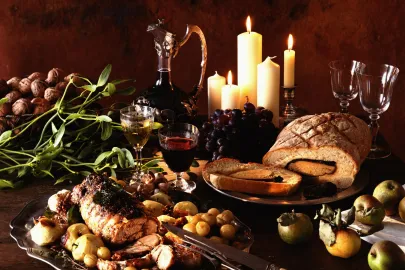Some farmers - both organic and conventional - are rejecting chemicals and their sometimes disastrous effects on biodiversity, and turning instead to hoverflies, birds, pollinating insects, frogs and other helpers from the natural world to protect their crops. This is good news for nature, and in more ways than one.
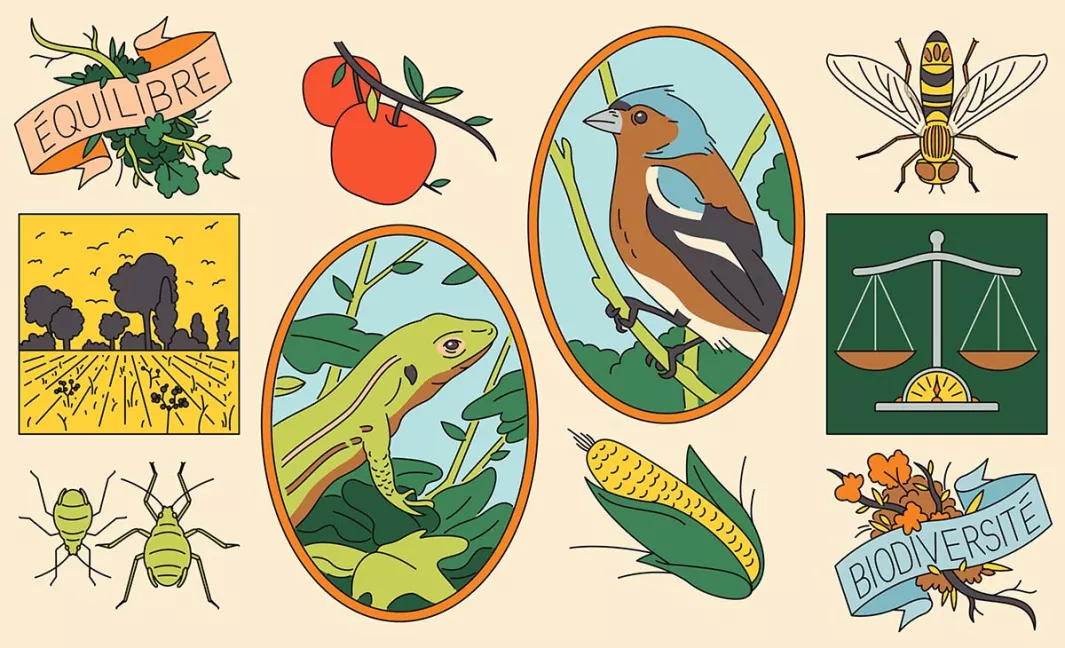
As their real natural enemies, beneficial insects have been working against the pests that attack our crops since the dawn of time. Despite this, their natural presence and balancing effect have been severely compromised by the impact of human intervention on the countryside and the excessive use of pesticides. Yet the right beneficial insect can regulate and even completely decimate a pest population. Take the hoverfly, for example, a tiny fly with a yellow and black striped abdomen. Just one of these insects can get through some sixty aphids a day - the sap-sucking creatures that think nothing of helping themselves to tomato plants and ravaging an entire crop in the process…
There are other types of beneficial wildlife too, starting with birds. A few years ago, Frédéric Martin, an organic market gardener in Tournon-sur-Rhône, installed nesting boxes on the outskirts of his various plots. “Birds are an incredible help in combating pests. They feed on aphids, spiders, caterpillars, mealybugs and even weevils, which can wreck a whole season’s work and destroy vegetable crops in a matter of weeks. Traditionally, these birds have thrived in the wild in hedgerows, where they can nest and raise their young in safety, but they have been gradually eradicated.”
The disastrous consequence of this is that in barely twenty years, a third of our birds have disappeared from the countryside1. So, little by little, some farmers are replanting these hedges, which not only provide homes for the birds but also support the reproduction and wintering of small mammals and certain greedy insects, as well as interspersing the countryside with colorful foliage and bright little berries. For now, good country sense dictates a focus on local tree and shrub species that provide a habitat for native beneficial wildlife. The same trend can be seen across the Atlantic, at the Ferme des Quatre-Temps in Hemmingford, south of Montreal, which is managed by the star of small-scale market gardening, Jean-Martin Fortier. There, the crop strips grow alongside nourishing hedges.
Meanwhile, other French farmers are planting meadows with nectar-bearing flowers to attract pollinating insects and ensure that their vegetable crops thrive. Then there is market gardener Nicolas Verrier, who has taken another route. Adjoining his house is a large rainwater pond which attracts reptiles and amphibians with an appetite for pests. At nightfall, a chorus of frogs gathers around the water.
In terms of land management, farmers who choose to use beneficial wildlife to protect their crops must be judicious in their use of treatments, abstain from systematic use of chemicals to control pests and weeds, plant cover crops in orchards and vineyards and replace deep tillage with shallow tillage. By supporting a variety of flora and fauna in this way, farmers are not only preventing pests from damaging their crops, they are also bringing biodiversity back to our countryside.
Contributor

Editor

